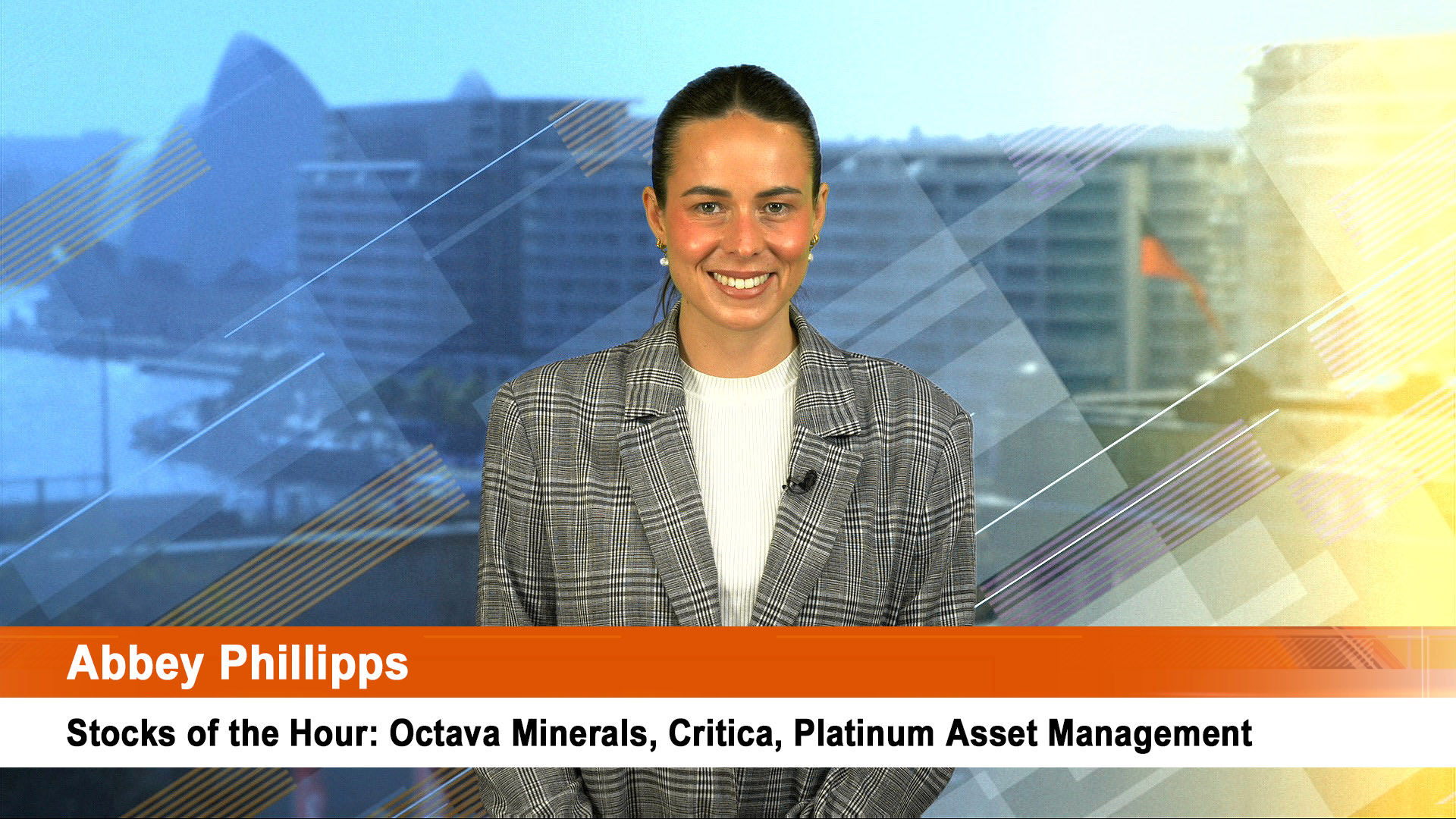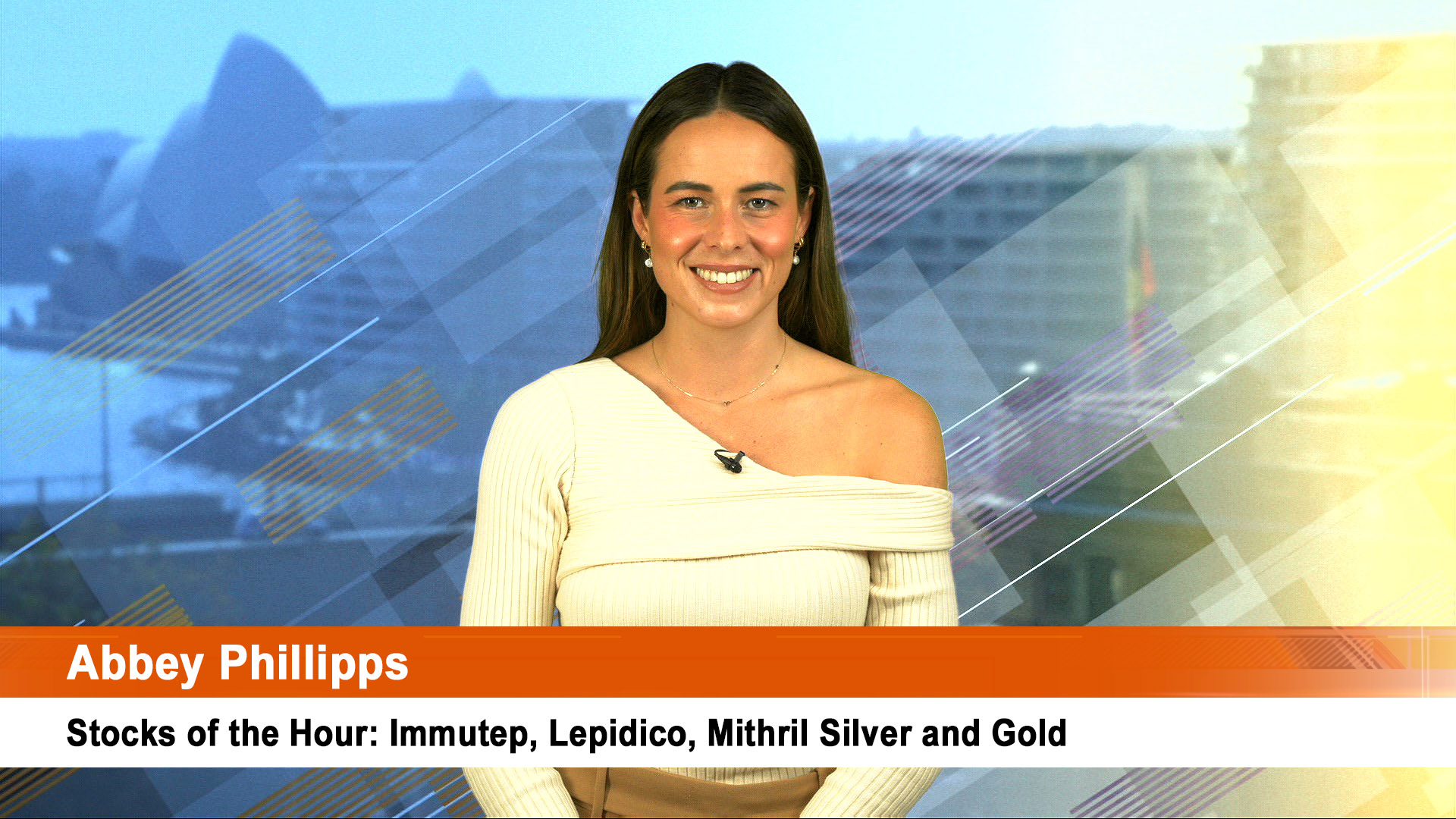A major point of difference has emerged about the outlook for non-mining investment between Scott Morrison’s second budget and the Reserve Bank, while economists at the National Australia Bank are sceptical of the government’s optimism for a rebound in wages growth.
In fact the NAB economists are sceptical of the government’s forecasts in the last two years of the four year forecast period saying “we don’t believe” some of medium term forecasts and arguing that if the budget, “if it looks too good to be true, it probably is.”
But it is the differing views on the rebound of non-mining investment between the RBA and the Budget that are the biggest sticking point.
While admitting that it is “something of a puzzle” that non mining investment hasn’t rebounded as strongly as forecasters had predicted (including the RBA and Treasurer in past budgets and statements), the budget forecasts it will grow by 4.5% in 2017-18, more than double the 1.5% forecast for the current financial year. Treasury says that 4.5% rate will continue in 2018-19.
"At the same time, non-mining business investment is expected to pick up, supported by strengthening demand, solid business conditions and low financing costs. Overall, total private business investment is forecast to remain flat in 2017-18 and to expand moderately by 3 per cent in 2018-19.
"As in many other economies, the subdued recovery in non-mining business investment in Australia remains something of a puzzle, as supportive conditions have been in place for some time. Business borrowing costs are near record lows, business confidence is solid and capacity utilisation in the non-mining sector is above its long-run average.
"Non-mining business investment is expected to benefit as negative spill-overs from the mining sector wane. It will also be supported by a strengthening in domestic demand, solid business conditions and low financing costs. Non-mining business investment is forecast to grow by 41⁄2 per cent in both 2017-18 and 2018-19,” Treasury said in the budget.
But contrast that to what the RBA said in its second Statement on Monetary Policy for the year released last Friday.
“It is difficult to know if and when a stronger and durable recovery in non-mining business investment might take hold. Some forward-looking indicators suggest non-mining business investment is unlikely to pick up substantially in the near term, though these indicators do not capture all industries.”
And then there’s the wage forecasts – the optimism in the budget on this vexed question is similar to that for non mining investment. Treasury believes that the Wage Price Index will jump from 2% this year (it was 1.9% in the December quarter, with the March quarter figures out next week) to 2.50% in 217-18 and 3% the following year.
But economists at the NAB said “we are very sceptical about the wages forecasts – and hence nominal GDP estimates. As such we don’t believe the medium term fiscal projections – and hence the credibility of the fiscal profile. This budget will be popular, but from an economic perspective “if it looks too good to be true, it probably is.”
“Within revenue, the budget remains very reliant on rising income tax as a percentage of GDP (via bracket creep and the increased Medicare levy), which exposes the budget to downside risk should wages growth or employment growth continue to disappoint, or average hours worked continues to decline.
"Corporate tax is also expected to increase strongly as a percentage of GDP through the four-year estimate period, despite corporate tax rate cuts, with some impetus in the near-term because of temporarily higher commodity prices,” the NAB economists wrote.













